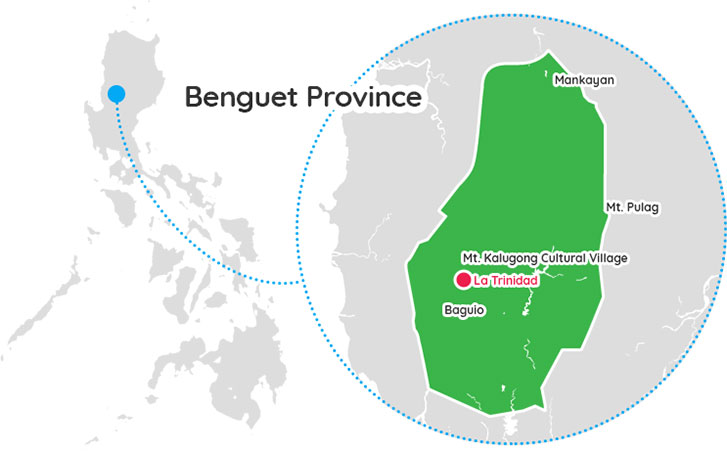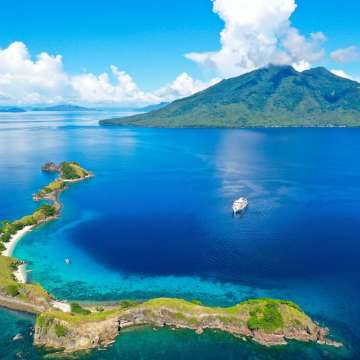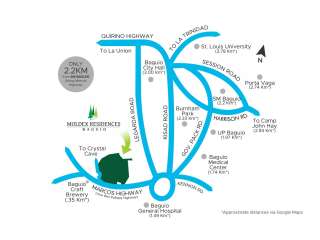About benguet

Benguet, officially the Province of Benguet, is a landlocked province of the Philippines located in the southern tip of the Cordillera Administrative Region in the island of Luzon. Its capital is La Trinidad.
The highland province is known as the Salad Bowl of the Philippines due to its huge production of upland vegetables.
Situated within the interior of Benguet is the highly urbanized city of Baguio, which is administered independent from the province.
History
The mountainous area now covered by Benguet is generally presumed to have been settled from at least the 14th century by tribes coming from the surrounding lowlands, lured by the abundance of natural resources such as gold, hides, and wax. Two of these groups, the Ibaloi and the Kankanaey, are dominant ethnolinguistic groups of the area. In the pre-conquest period, these tribes enjoyed flourishing trade with lowland groups immediately to their west and south, such as the Pangasinans. Governor Juan "Oraa" Cariño (1913-1918) one of the governors of Benguet, was the first Filipino to be a governor.
The Kankanaey occupied the northern highlands of the province, while the Ibaloy occupied the southern portion, while all Igorots practiced animism and ancestor worship. Rituals were proscribed by the priests, mambunong. The economy of the region was based on rice terraces, root crop swidden farming, livestock raising, hunting, foraging, plus the mining and trading of gold. These Igorot gold mines were located in Suyoc, Tabio, Acupan, and Antamok. Gold panning took place in placer deposits along the Agno River, the Bued River, the Suyoc River, and the Amburayan River. Gold was also mined from lode veins within andesite and diorite. Gold in Mankayan was associated with copper. Gold mining resulted in social stratification, with the upper class consisting of the mine owners, the baknang, followed by the gold workers, or abiteg, and then the bagaen, or slave class. These slaves were made up of war captives, and their children. Gold mines were inheritable kinship property, while original ownership was bestowed on those individuals discovering the gold location, and then developing the property.
At the beginning of the Spanish Era, colonisers heard of the rich gold mines in the mountains and attempted to colonize the highlands, but failed. In 1572, Spanish conquistador Juan de Salcedo led a small expedition into the southern part of Benguet, but the natives forced it to retreat. The first major expedition into the mountains occurred in 1620, when Spanish explorers went into the La Trinidad Valley, followed by a second expedition in 1623, and a third in 1624. This was the last attempt to occupy the Baguio gold mines by the Spanish until the Galvey expeditions (1829-1839).
In the 1800s, Spanish colonizers made more serious attempts such as expeditions under Col. Guillermo Galvey and succeeded in establishing a presence in the La Trinidad Valley, named after Galvey's wife.
This area later became a district of the new province of La Montañosa (or La Montaña) in 1846. Eight years later, in 1854, Benguet became a separate comandancia politico-militar. Parts of the present province were established as component territories of other comandancias such as Lepanto and Amburayan.
hen the Americans took control of the Philippines, they established local civil governments in many parts of the country. American civilian government was established in Benguet on November 23, 1900, through Act No. 48, with Canadian journalist H.P. Whitmarsh appointed as the province's first governor.
Listings in benguet
More Provinces

batangas
Batangas, officially the Province of Batangas, is a first class province of the Philippines located on the southwestern part of Luzon in the CALABARZON region. Its capital is the city of Batangas, and is bordered by the provinces of Cavite and Laguna to the north, and Quezon to the east. ...read more

biliran
Biliran is one of the country's smallest and newest provinces. Formerly a sub-province of Leyte, it became an independent province in 1992. Biliran lies less than a kilometer north of the island of Leyte. A bridge-causeway fixed link over Poro Island in the gateway town of Biliran connects the province ...read more









